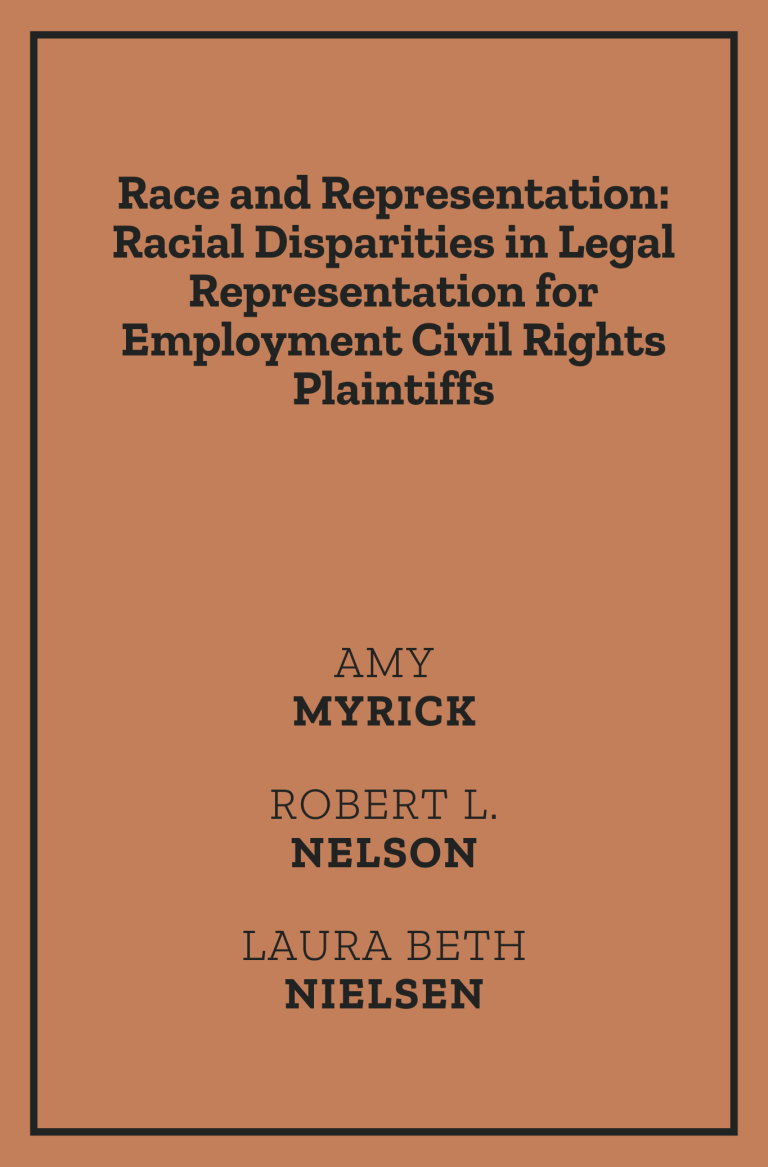From New York University Journal of Legislation and Public Policy
Philip Jacobson was a thirty-four-year-old African American man working as an administrator at a government printing plant. After a series of incidents with managers and several denied promotion requests, he became convinced that he was the victim of discrimination. Mr. Jacobson decided to file a complaint with the Equal Employment Opportunity Commission (EEOC) and later filed a Title VII discrimination claim in federal court. But like a surprisingly high percentage of plaintiffs in employment discrimination cases, he went to court without a lawyer. Long after his case had terminated, Mr. Jacobson believed that it was still pending and that he was merely waiting for a response from the court. Without a lawyer, he lacked basic knowledge of how to advance his claim and came away feeling that the legal system had no interest in serving the goals of people like himself.
Mr. Jacobson’s experience is not unique. This article uses statistical analysis to show that minority plaintiffs in employment discrimination lawsuits—in particular African Americans—are much more likely than white plaintiffs to file without a lawyer. Furthermore, the article shows that pro se plaintiffs tend to misunderstand their legal issues and, like Mr. Jacobson, feel that the courts have failed them. Remarkably, access to justice approaches have largely overlooked race, instead focusing primarily on poverty as a barrier to finding a lawyer. This article fills that gap. It shows that race matters in representation rates and examines possible reasons for this ignored but troubling disparity.

